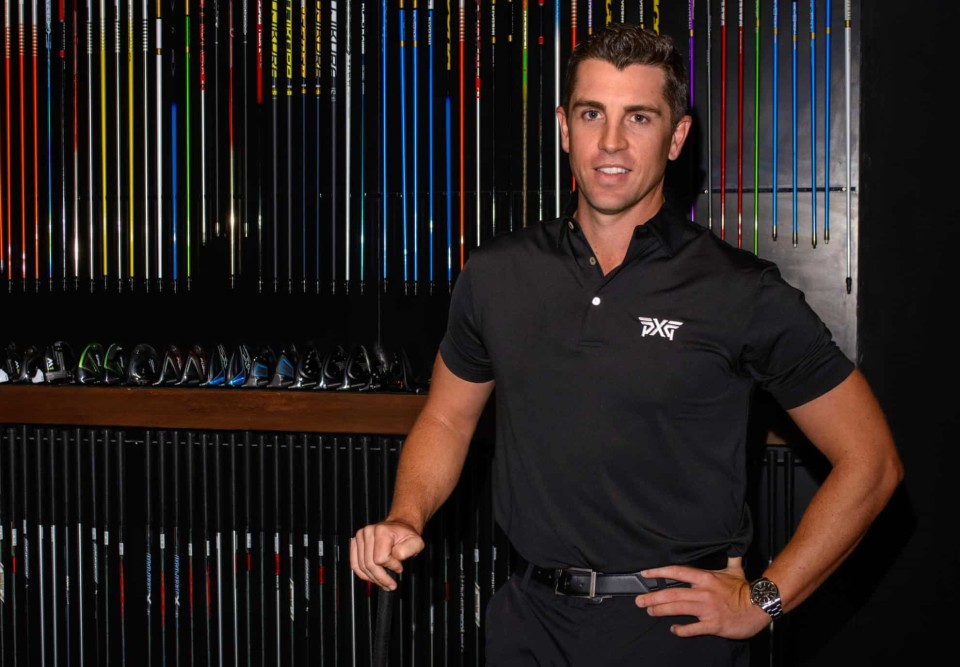By Dean Cheesley, CEO – eGolf Megastore
When golfers visit eGolf Megastore for the first time, one of the most common questions I hear is:
“Do I really need to upgrade my clubs to keep up with the latest technology?”
It’s a fair question — and one that deserves a clear answer.
When Should You Actually Change Clubs?
My advice is simple: only consider new clubs after testing with a professional club fitter who uses a launch monitor to compare your current setup against potential upgrades. If the data shows a significant improvement in performance — in distance, accuracy or consistency — that’s the time to make a change.
However, if you’ve got a reliable “old trusty” that performs well under pressure, don’t rush to replace it unless the difference is truly measurable.
A great example is Steve Stricker, the former World No.2 who dominated the US Senior Open this year with a set of Titleist 755 CB irons — released in 2006! He’s also racked up more than $40 million in global earnings using a 2002 Odyssey White Hot putter. Proof that confidence and fit can outweigh the lure of shiny new gear.

Are “Game-Changing” Clubs Real?
Every year, marketing departments go into overdrive promoting the next “game-changer.” But in truth, we only see two or three genuinely transformative products annually that deliver clear performance benefits for a wide range of golfers.
Recent examples include:
-
TaylorMade’s Injected TwistFace for more consistent ball speed
-
Callaway’s Jailbreak Technology for faster energy transfer
-
PXG’s polymer-infused iron heads (TPE and COR2) for improved feel and forgiveness
These are true innovations that can make a difference — but that doesn’t mean every new release is a must-have.
The Smartest Setup: A Professionally Fit Mixed Bag
Ultimately, the smartest golfers are those who build a bag that fits their swing, not just a single brand.
At eGolf Megastore, we’ve seen that no one manufacturer dominates every category — the best-performing setup is often a mix of brands, generations, and technologies.
So, test thoroughly, trust the data, and don’t be afraid to keep an old favourite if it still gets the job done.
The goal is simple: find what performs best for you — not what’s newest on the shelf.
Good luck — and happy testing!












